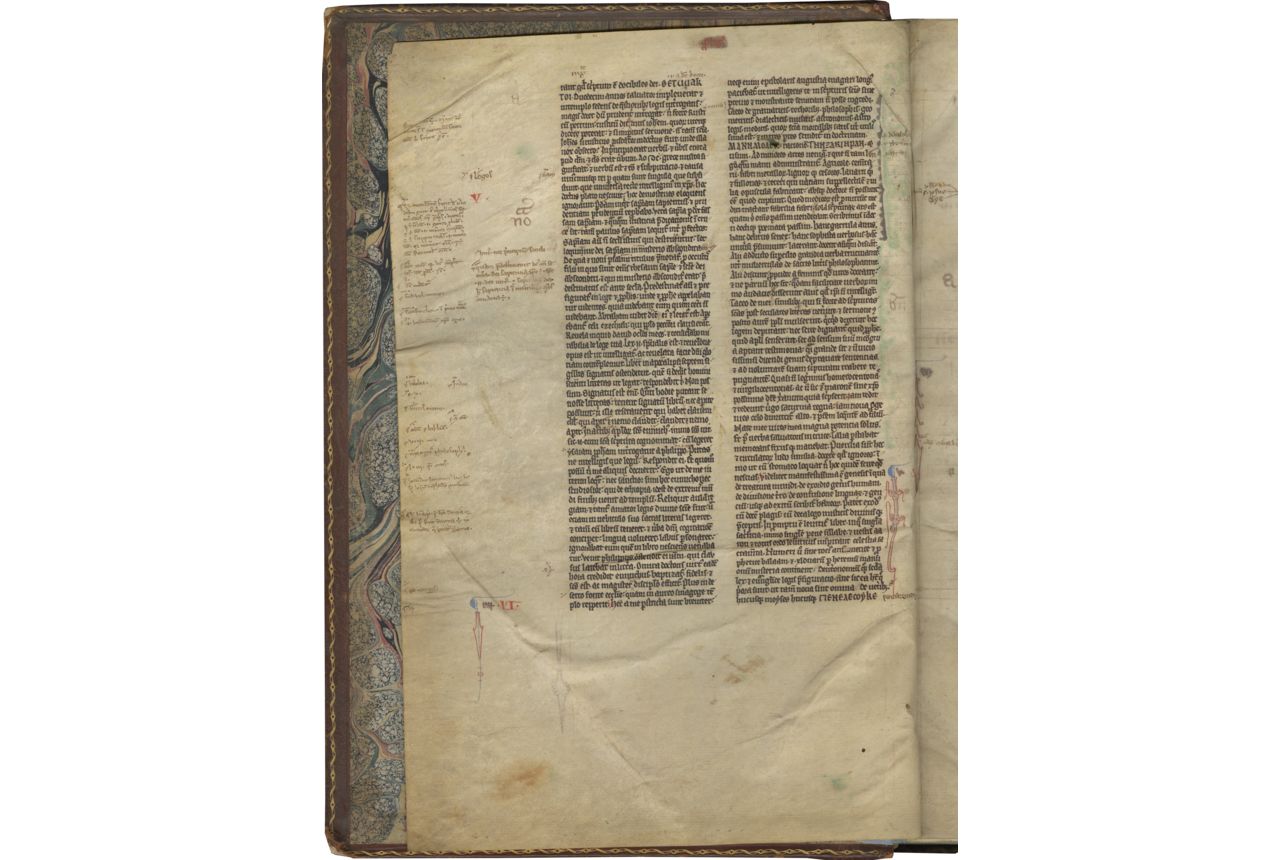

The catalogues of the two Anglo-Saxon exhibitions (The Making of England and The Golden Age of Anglo-Saxon Art) have been superseded by that from the British Library’s Anglo-Saxon Kingdoms exhibition ( Breay and Story 2018), while the coverage of manuscripts in the catalogue deriving from the Gothic: Art for England 1400–1547 exhibition at the Victoria and Albert Museum in 2003 is too limited to warrant inclusion here, unfortunately leaving the 15th century as a lacuna.Īge of Chivalry.
#Medieval manuscripts on mashleart series
English Romanesque Art and the Age of Chivalry derive a series of exhibitions held in the 1980s and 1990s that spanned the whole of the Middle Ages and the production of not just books but all kinds of cultural artifacts. So many are available that this list is necessarily selective, prioritizing those organized chronologically and featuring representative selections of manuscripts loaned from many different repositories. Beyond this, the catalogues of major exhibitions offer perhaps the best introduction to medieval manuscripts. More recent and more detailed (and offering extensive reference to previous work) are the three volumes of The Cambridge History of the Book in Britain that cover the period between c. 4. The best single-volume introduction probably remains Bischoff 1990, which, despite its title, covers much more than paleography (though, for an alternative candidate, see Clemens and Graham 2007 under Textbooks) less substantial, but still useful, is Shailor 1991. The interdisciplinarity of medieval manuscript studies means that general overviews of the entire field that cover the whole medieval period are scarcer than one might imagine. It finishes with lists of works relevant to the major subdisciplines of medieval book history, Codicology (the study of the physical structure of manuscripts) paleography, the study of Scripts used in those manuscripts as well as studies of Scribal Practice and Manuscript Culture and works concerned with Ownership and Provenance. After sections devoted to General Overviews, Reference Works, Textbooks, Anthologies, Bibliographies and Journals, the bibliography presents lists of Catalogues of Manuscripts and Facsimiles, which are two of the most important tools for medieval book historians. As a consequence, the vast majority of the material listed is in English, though scholarship on medieval manuscripts is also published in French, Italian, and German, as well as other languages.

It focuses primarily on manuscripts of British and Irish literature in English (manuscripts of texts in Irish, Welsh, and other Celtic languages being specialist fields of study in their own right). Given the breadth of the field, this Oxford Bibliographies entry must necessarily be selective. Insofar as the study of medieval manuscripts has a unified goal, it is to describe and explain the production and use of manuscripts and the textual culture associated with them, generating primary data that assists in the writing of literary, cultural, and linguistic history.

In addition to its practice within different fields, much of the study of medieval manuscripts is strongly interdisciplinary, using techniques native to the study of the medieval book like codicology and paleography, alongside text critical-methods originally developed in classics and refined there, in literary studies and in history, visual analysis pioneered in art history, and philological methods now found in literary studies and linguistics. Publications in all these areas use manuscripts and offer important findings about medieval manuscripts. Scholars studying medieval manuscripts work in a variety of disciplines, from literary atudies to history to linguistics to art history to classics.


 0 kommentar(er)
0 kommentar(er)
